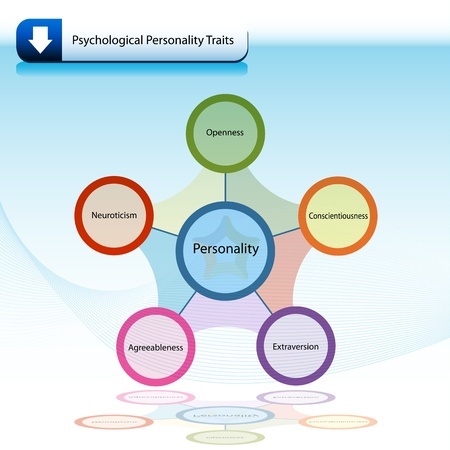Personality Types -
Understand Yourself and Others

Understanding personality types helps you understand yourself and others in certain situations. By understanding your personality type, you will increase your appreciation of others’ …enhance your communication skills, and learn to capitalize on your strengths. You will also be able to enhance your relationships by anticipating and managing conflict with others.
It is human nature to want to break down and categorize things. This same impulse is what has obsessively driven us to name every different animal, plant, and mineral we have encountered since we developed the idea of language. Most people are equally eager to sort the different people they know in a similar matter based on their personality types or other factors.
About The Types:
Over 50 years ago, based on a text by the eminent psychologist Dr. Carl Jung called Psychological Types, Katharine Briggs and her daughter Isabel Myers created a system to do just that. Their system has not only survived to the present day - but expanded in influence. Today, most people are at least somewhat familiar with the 16 different types designated in this model. In this article, we are going to look at the four basic dimensions for which the model is designed to measure:
•Extraverted vs. Introverted – This orientation deals with whether or not a given individual prefers to exist in environments filled with other people, or to primarily spend time thinking and reflecting on their own. This aspect of personality types represents the scale from the classic ‘people person’ out and about at social engagements all day long… all the way to the withdrawn hermit types, who prefer reflection and solitude to the company of others.
•Sensing vs. Intuitive – This second broad categorization has to do with the way in which an individual chooses to gather information and data about the world around them. Sensing types live in the now, pay attention to detail, and improvise from direct past experiences they have had. More intuitive personalities have a future-oriented time outlook, use their imagination to help them recognize patterns, and work from theoretical understanding… and intuition rather than previously collected data points.
•Thinking vs. Feeling – Thinking vs. feeling represents the natural dichotomy between our logical natures and subjective emotional state. Thinkers search for facts and underlying logic to make sense of the world around them, while Feelers are more sensitive to the needs, reactions, and mental states of those around them.
•Judging vs. Perceiving – The final category differentiated in the Myers-Briggs spectrum is the way in which they approach acting on the world around them. Judging individuals formulate and execute plans in advance, adhere to deadlines, and use targets, dates, and other concrete factors to create these plans. Perceiving people are more comfortable multitasking and working without a clear plan; they improvise.
These are the four basic personality types and dimensions measured in the Myers-Briggs model. Now that you understand them, you can easily know where those 16 acronym-based types come from, i.e., INTJ, etc. Each type is the result of an individual selection of one adjective over the other in each of those four dimensions. It also helps you create an environment that can ensure your success, build self confidence, and enhance your relationships.
 |
 |
What Is Your Personality Type?
When you understand yourself and others, you will have a greater appreciation for different styles. You can identify the setting most favorable to your success. Additionally, you will learn about the differences of others…the styles they require for better communication and positive interactions.
How To Get Along With Difficult People
Personal Development Home Page



